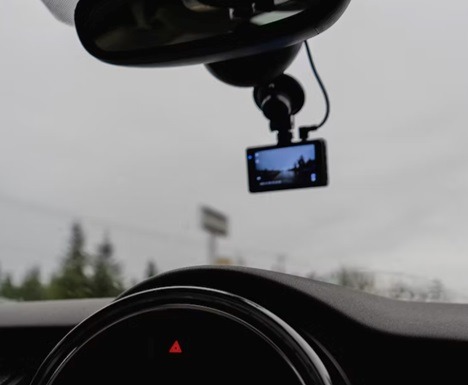In an increasingly unpredictable world, dashboard cameras, or dash cams, have become a valuable tool for drivers. Not only do they serve as a reliable witness in case of accidents, but they can also record intriguing events and unusual encounters that might occur during a journey. If you’re in the market for a dash cam but aren’t sure where to start, this guide will walk you through the necessary considerations.
Video Quality
Video quality is probably the most crucial factor when choosing a dash cam. A device with poor video quality might fail to capture crucial details, such as license plate numbers, in an incident. Look for a dash cam that records in at least 1080p, also known as Full HD. Higher-end models may offer 2K or 4K resolution, which provides even more detail, although often at a higher price.
Field of View
A broader field of view (FOV) allows the dash cam to record more of the scene around you. However, be careful with excessively wide FOVs as they can distort the image and possibly miss details directly in front. A field of view around 140 to 160 degrees usually strikes a good balance.
Night Vision
The ability to capture clear video in low-light conditions is critical. Many dash cams come with night vision features, using technologies like WDR (Wide Dynamic Range), HDR (High Dynamic Range), or infrared sensors. Check out reviews to ensure the night vision capabilities meet your requirements.
Storage and Loop Recording
Dash cams typically use microSD cards for storage, with capacity ranging from 32GB up to 256GB or more. More storage lets you record longer periods, but the cam’s loop recording feature—overwriting the oldest recordings when the storage fills up—is just as crucial. Make sure the dash cam you choose supports this feature.
Parking Mode
Some dash cams offer a parking mode, which automatically starts recording when it detects motion or impact while the vehicle is parked. This feature can provide evidence in case of a hit-and-run accident.
GPS
A built-in GPS can stamp your videos with location data, giving additional evidence about where an incident occurred. It may also provide data on your speed, which could be useful, although potentially incriminating.
Dual Cameras
Some dash cams come with a second camera to record the interior or rear of the vehicle. This could be useful for rideshare drivers or to capture events happening behind your car.
Reliability and Durability
Not all dash cams are created equal when it comes to reliability and lifespan. Look for a model with solid build quality and good reviews. The dash cam should be able to withstand extreme temperatures, especially if you live in a hot climate, as electronics can degrade quickly in high heat.
Ease of Use and Installation
A good dash cam should be easy to install and use. Some dash cams plug into a cigarette lighter socket, while others may require hardwiring to the vehicle’s fuse box. The user interface should be intuitive, and the device should make it easy to access and download your video footage.
Price
Like any device, dash cams come in a range of prices, reflecting their features and quality. Basic models can be found for under $50, while high-end models can cost several hundred dollars. Balance your budget against the features you need.
Choosing the right dash cam is a matter of assessing your needs, understanding the features that different models offer, and balancing cost against quality. By taking the time to research and evaluate your options, you can find the dash cam that provides the best combination of video quality,

